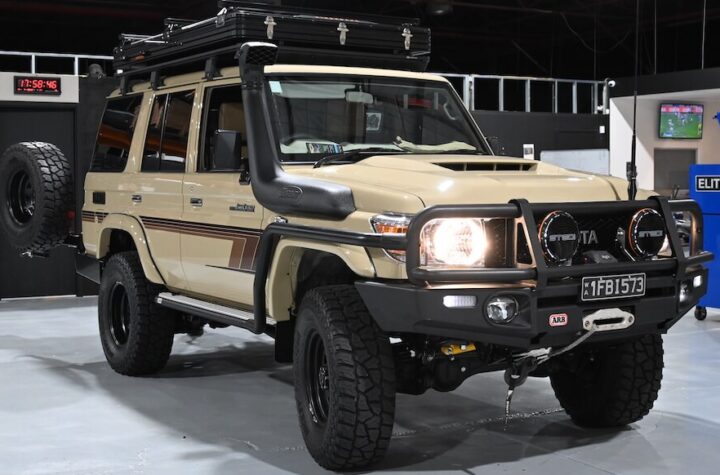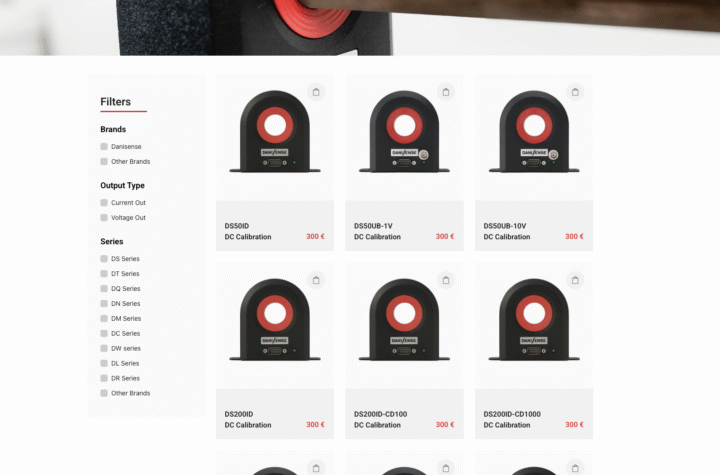
Vehicle development took a step forward today when Chrysler, Daimler and the American Iron and Steel Institute (AISI) jointly announced the success of a new project aimed at improving vehicle safety and fuel economy while reducing overall vehicle weight. By taking a holistic approach to sheet metal structures (body-in-white) and applying new engineering computer modeling technology (“topology”) to generate efficient energy and load management, the latest advanced high-strength steels are utilized to achieve lighter weight objectives and improved occupant protection.
At the center of the development is a new Computer-Aided Engineering (CAE) modeling tool called topology optimization. This program determines the areas of highest strain in the body-in-white. Once the high strain areas are identified, the software determines the optimal location of the critical load paths to meet predetermined requirements for safety, stiffness and durability. These optimized load paths are then analyzed with respect to new advanced high-strength steel materials. The result is a superior structure which meets or exceeds future safety and performance standards. Also, overall vehicle weight was reduced by up to 13 percent compared to vehicles using conventional high-strength steels and design methods. This result is a design with both enhanced fuel economy and improved structure.
“Chrysler is continually developing improvements in safety and fuel economy, which are usually competing objectives,” said Bill Grabowski, Director Body Core Engineering – Chrysler. “By working with AISI and our colleagues at Mercedes Group Research and MB Tech, we are able to achieve both objectives simultaneously to achieve the most efficient solution.”
Through a cooperative effort to bring advanced steel and manufacturing technologies to future vehicles, AISI, Chrysler and Daimler have developed steel-intensive solutions to their design challenges. Chrysler products are using increasing amounts of this new technology as demonstrated by select 2008 products, including the new Chrysler Sebring.
“We utilized spatial relationships and put the material and strength where it best serves the structure. Through this joint project, we introduced Chrysler and Daimler to new steel materials that achieve significant mass savings and satisfy tough vehicle requirements,” said Ron Krupitzer, Vice President of the American Iron and Steel Institute’s Automotive Applications Committee.
The project team includes engineers from Chrysler, Mercedes Group Research, and Mercedes Benz Technologies (MB Tech) who employed the latest Computer-Aided Design (Catia V5) and Computer-Aided Engineering (CAE) – topology tool to improve vehicle development.
AISI serves as the voice of the North American steel industry in the public policy arena and advances the case for steel in the marketplace as the preferred material of choice. AISI also plays a lead role in the development and application of new steels and steelmaking technology. AISI is comprised of 32 member companies, including integrated and electric furnace steelmakers, and 125 associate and affiliate members who are suppliers to or customers of the steel industry. AISI’s member companies represent approximately 75 percent of both U.S. and North American steel capacity.
The Automotive Applications Committee (AAC) is a subcommittee of the Market Development Committee of AISI and focuses on advancing the use of steel in the highly competitive automotive market. With offices and staff located in Detroit, cooperation between the automobile and steel industries has been key to its success. This industry cooperation resulted in the formation of the Auto/Steel Partnership, a consortium of Chrysler LLC, Ford Motor Company and General Motors Corporation and the member companies of the AAC. For more news or information, view the American Iron and Steel Institute /Automotive Applications Committee’s Web site at www.autosteel.org.












More Stories
Automotive Industries (AI) Newsletter April 2025
Bangkok International Motor Show 2025 – The Talk of Sensuous Automotive
Dürr Systems on paint supply: The foundation for high coating quality